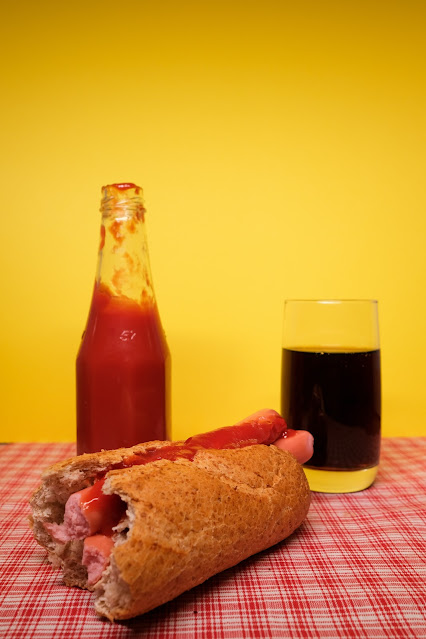HEAVY ALCOHOL CONSUMPTION ASSOCIATED WITH BRAIN INFLAMMATION

HEAVY ALCOHOL CONSUMPTION ASSOCIATED WITH BRAIN INFLAMMATION For people with alcohol use disorder (AUD), there is a constant, vicious cycle between brain changes and behavior changes. AUD can alter signaling pathways in the brain; in turn, those changes can exacerbate drinking. Now, scientists at Scripps Research have uncovered new details about the immune system's role in this cycle. The journal Brain, Behavior, and Immunity reported that the immune signaling molecule interleukin 1β (IL-1β) is present at higher levels in the brains of mice with alcohol dependence. In addition, the IL-1β pathway takes on a different role in these animals, causing inflammation in critical areas of the brain known to be involved in decision-making. "These inflammatory changes to the brain could explain some of the risky decision-making and impulsivity we see in people with alcohol use disorder," says senior author Marisa Roberto, Ph.D., the Schimmel Family Chair of Molecular Medicine an...









